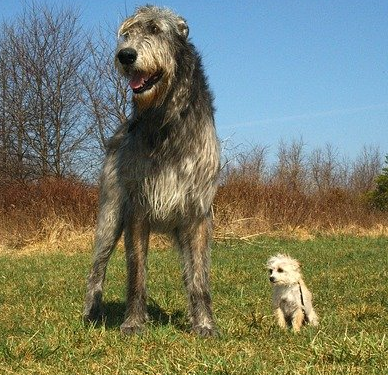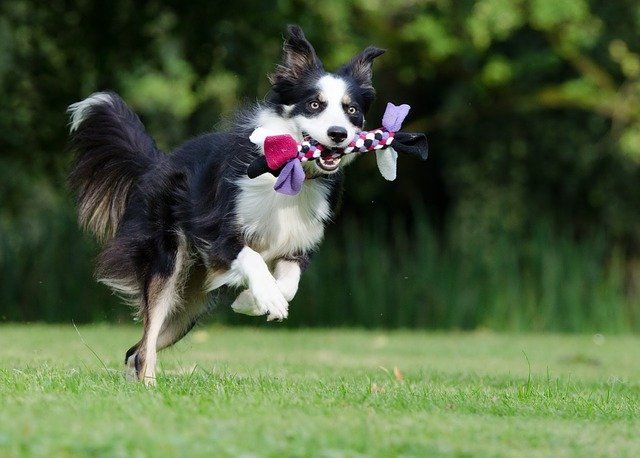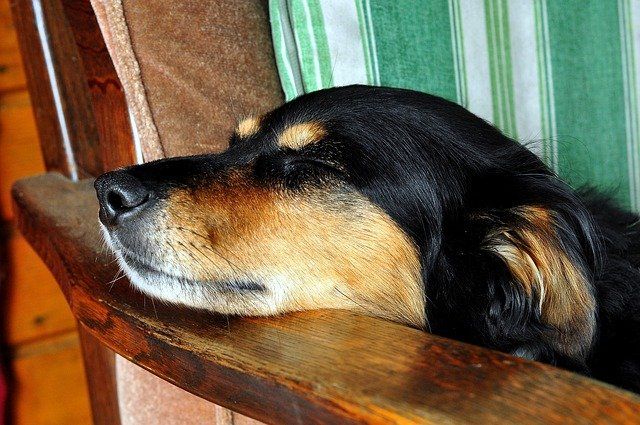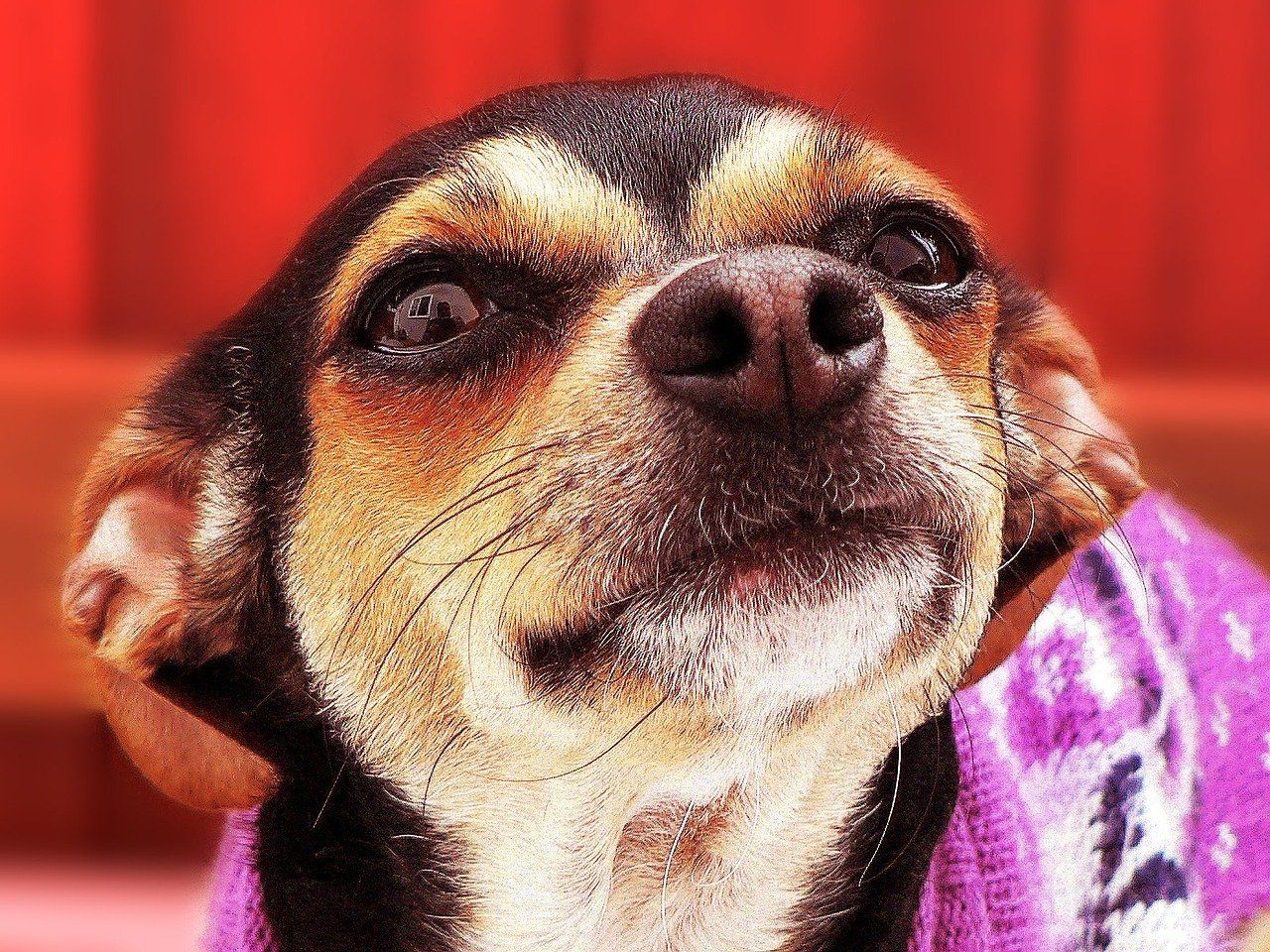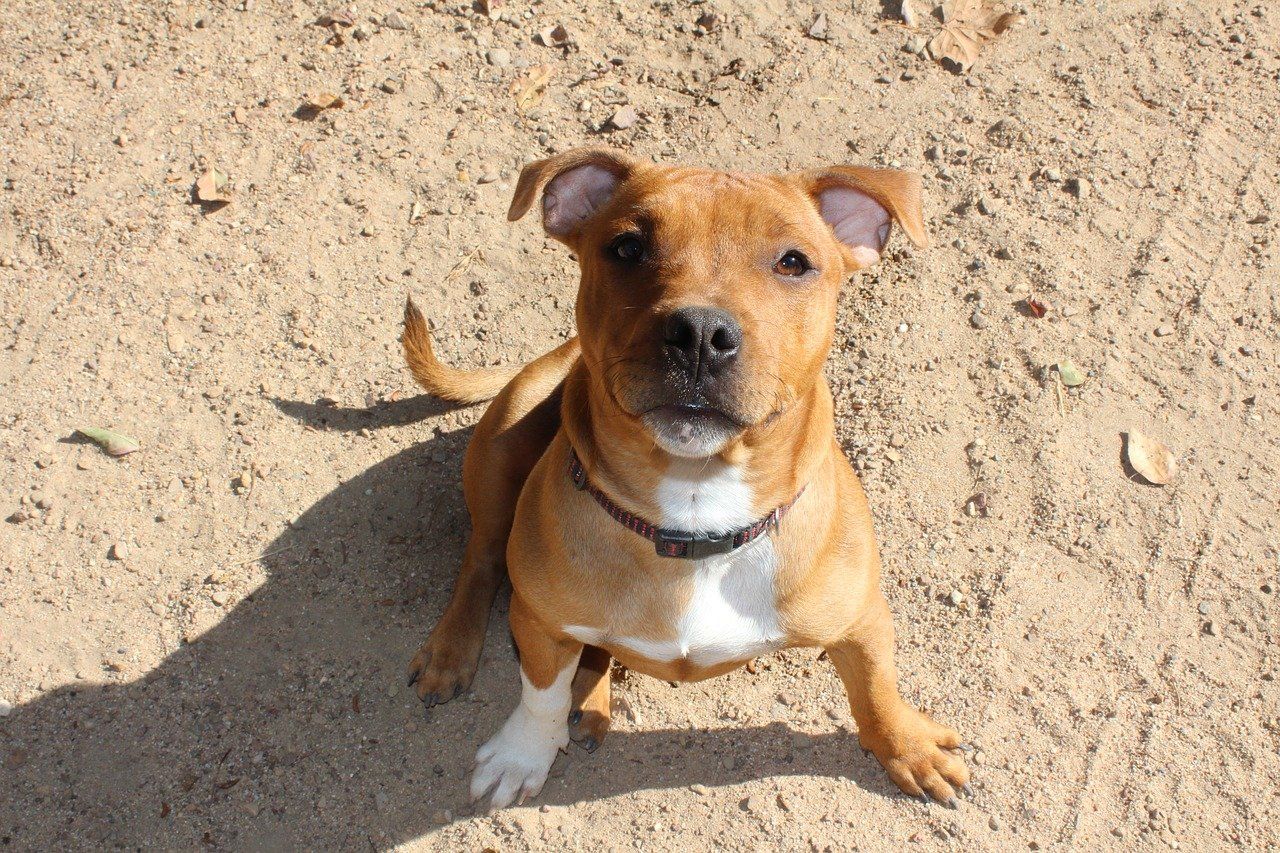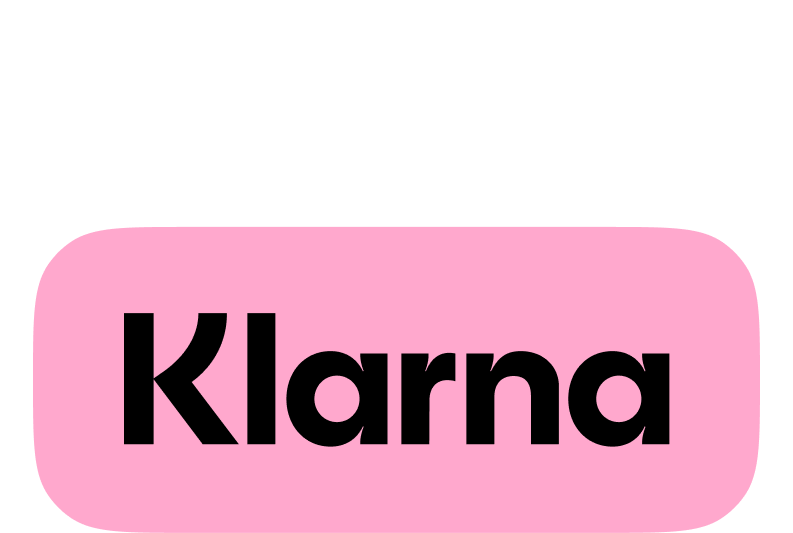Puppy Portal
It's all in the preparation...
Before You Get Your Puppy
The First Few Days
Choosing the breed...
- Bigger dogs will be more expensive to feed, medicate, insure and kennel when compared to the smaller types.
- Certain breeds will come with a much higher risk of hereditary diseases and certain illness predispositions.
- Each breed tends to have their own characteristics and traits. These need to be taken into consideration when thinking about how they will fit in with your family, working day, fitness etc.
There are some breeds that we really wouldn't recommend based on welfare grounds, and these include the extreme Brachycephalic ("squashed-nose") breeds such as Pugs, French-Bulldogs, English-Bulldogs and Boston Terriers. We also suggest avoid the developing trend of "micro" breeds too.
We are more than happy to discuss any aspect of breed selection...
Buyer Beware!
Sadly - there is a great deal of shady, underhand and unpleasant tricks and tactics with breeding puppies. It can be big business for people who won't have the puppy's (or your) welfare as a priority! We strongly recommend that you take a while to read the information on these websites before you make any further decisions.
Deceitful pet sellers use a similar tactic to ‘Petfish’ unsuspecting buyers. These unscrupulous sellers pretend that the puppy or kitten they’re selling you comes from a happy home. In reality, the animal may have been bred or kept in poor conditions.
Preparing the Home...
There are some basic steps that you can take before your new puppy arrives home.
The Garden
- Make sure fencing and hedges are secure with no means of escape.
- Ensure any gates have a good solid latch so they can't accidentally be left open.
- If possible try and remove or fence off areas where there are stones/pebbles as puppies will often swallow these!
- Open water is generally safe (puppies can swim) but water with covers on (tarpaulins etc) are not safe.
- Have a look at any plants that could be toxic if eaten and consider fencing these off or removing them.
Inside the Home
- Try to ensure any electrical wires are hidden away.
- Small chewable items (such as children's toys, socks etc) should be tidied away.
- Any household chemicals/medications should be inaccessible. Beware handbags - as these are commonly raided by inquisitive puppies! We often get dogs admitted due to pain-killer or nicotine poisoning.
- We also suggest moving expensive furniture/gadgets etc out of the way until the puppy is a bit older as they may get chewed!
- Invest in some child-gates as these can be extremely useful for blocking off certain rooms, stairs etc.
Sleeping Arrangements.
Important nap times for puppies should be provided as part of their daily routine. In order to help a good night of sleep for you both, part of the daily routine should also include short sessions of play, exploration and training.
Keeping a similar evening routine and reducing distracting factors helps to provide cues for your puppy to learn that it is time to sleep. Taking your puppy outside for an opportunity to toilet before bedtime helps them to stay clean through the night.
Dogs are social animals and puppies have often left both their littermates and mother when they first come home with you. The use of a crate as an area within which to sleep is oftenan easy way to create an ideal area within which they may rest.
Enabling your puppy to become accustomed to sleeping alone is most commonly achieved in one of two ways:
- The crate or bed is placed beside your bed and gradually moved further away until it is in the desired long term sleeping area.
- The bed or crate is placed in the desired long term sleeping area with a temporary bed for yourself. The distance between your temporary sleeping area and the crate is gradually increased until you are both in your long term sleeping areas!
It is likely to take some time before your puppy is able to stay dry throughout the night. Toilet breaks in accordance to individual needs should be provided, with minimal interaction in order to reduce arousal.
Introducing to other Cats and Dogs
In contrast to the well known phrase ‘fighting like cat and dog,’ many households contain cats and dogs with very good relationships. This is facilitated by early socialisation and experience of both parties. Breed, temperament and the introduction process are also factors which may affect success.
Careful thought should be given as to the character of the individual animals. Breed characteristics in dogs may increase the likelihood of instinctive behaviour such as chasing.
Forward planning enables items to be placed around the home for the existing animal to gradually become accustomed to before the new animal arrives.
The following aspects should be considered:
SPACE - It is important that the existing animal in the household has a preferred, secure area that contains all the required resources, as well as those which provide daily enrichment (for example, scratching posts and elevated resting areas for cats).
In the beginning each animal will need a separate area that meets their own individual needs without having to come into contact with one another. A neutral area dividing the two housing areas is beneficial to have as part of the introductory process.
ROUTINE - The daily routine should continue as before as closely as possible when the new animal arrives. Time spent with the existing pet should not be reduced when the new animal arrives. Positive associations with the arrival of the new pet may be encouraged by increasing favourite activities of the existing pet, such as play time and affection.
THE INTRODUCTION - This should only take place when both animals are relaxed and confident within their current environments. In order to optimise outcomes, the process should not be rushed and take place very gradually over time. Carefully timed sessions should help to optimise outcomes and prevent any negative experiences - even just one of which can adversely affect future meetings.
SCENT EXCHANGE - This should be the first stage of the introductory process and forms an important part of canine and feline communication and sensory input. As you move between the animals a degree of scent exchange will take place naturally.
Small flannels that have been gently rubbed or placed in the sleeping area of each animal may be placed in the alternative animal’s environment. Careful placement away from highly valued resources will minimise initial stress. A relaxed reception towards the new scent indicates that exchange may be continued, progressing gradually onto resource areas if appropriate.
Once a calm reception towards the scent of the other animal is established, the animals may be allowed to spend time separately in the neutral area between their environments. This enables further investigation and exploration. This may then progress to exploration of one another’s environment whilst the other animal is not in it - for example, when the cat is in the garden or the dog is out on a walk.
VISUAL CONTACT - In line with positive progression, visual contact may now be introduced. It is vital that both parties have open access to retreat areas and are not able to directly approach one another. A baby gate that may be covered and gradually exposed is an example of achieving this. In order to optimise outcomes sessions should be brief, animals should be given alternative high value activities, and have plenty of space between them.
Careful monitoring of each session should take place for signs of fear or excitement - the aim is for a gradual reduction in human control over the interaction, with both animals able to investigate and move away from one another in a calm manner.
ACTUAL CONTACT - When appropriate a gradual introduction of short sessions without barriers may take place whilst under constant observation. Two people available to monitor sessions helps with quick and efficient regulation. Animals should be encouraged to disengage from one another when increased arousal occurs via use of a toy or food distraction. Sessions should end if either animal appears anxious or tense. The dog should be wearing a harness and lead for control if necessary. It is important that dogs do not have the opportunity to chase the cat. Areas to hide and move to an elevated position should be easily accessible for cats at all times. As progression is made the lead of the dog may trail freely and increased proximity may naturally occur if the animals choose to investigate one another in a relaxed manner. Session times may lengthen as progression is made.
INTRODUCING TO OTHER DOGS - Careful consideration should also be given to the needs and character of an existing dog before a puppy is introduced to the household.
Gradual introductions may be made in short sessions, taking care to manage introductions in accordance to the needs of each individual in order to reduce stress and optimise outcomes. Adequate time and interaction with you should always continue to be provided for the existing dog. Positive reward for appropriate interaction with the new arrival should always be given.
It is important that any other household pet has its own space away from a new puppy. Separate rooms or sectioned off areas form suitable barriers. Shared time together should always be appropriately supervised. Careful consideration to the presence of high value resources such as chews should always be made in order to minimise sources of conflict.
Important Paperwork.
As well as getting excited about your new arrival, we strongly recommend that you look into, or try to obtain the following:
- A completed Puppy Contract . These are completed both by the breeder and the purchaser .
- Proof of any vaccinations or parasite treatment that may have already been given.
- Details of the brand, type and flavour of food that the puppy is already used to eating.
- Look into getting your pet insured before you have collected them.
- Get your pet registered and booked in for a veterinary health check as soon as possible.
